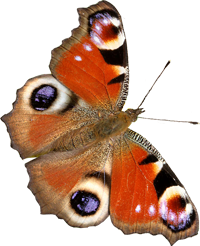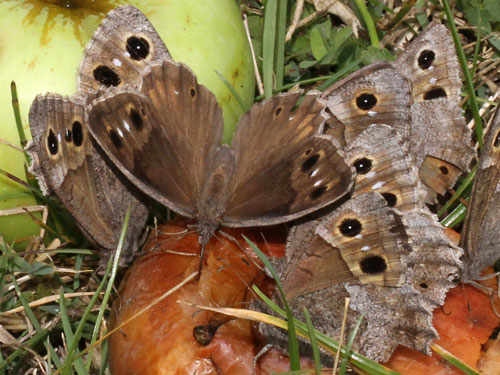
Valais, Switzerland, October 2010
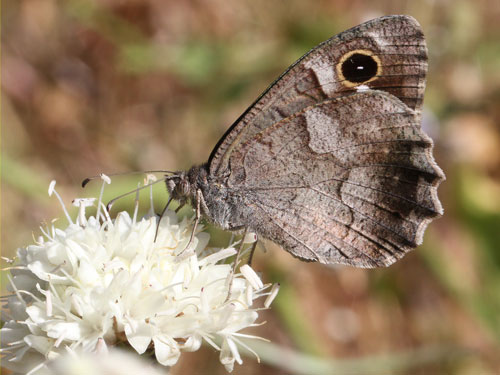
Var, France, July 2010
Field notes and information
A widespread and often common species of late summer and autumn.
Identification & Similar species: Variable but fairly distinctive, with a little experience. It has two large black eyespots on the underside forewing ringed in yellow and two white spots in between. The hindwing is fairly uniform with a thin black discal line bordered on the outside by a dusty white band. Usually a small black spot near the anal angle. The shades of brown and intensity of the white markings on the hindwing vary.
In Greece and the southern Balkans, it can be confused with the very similar Freyer's grayling H. fatua. This is a larger butterfly with relatively smaller black eyespots on the underside forewing, much reduced white and a fine black submarginal line on the underside of both wings.
In north Africa it can be confused with the Austaut's grayling, H. hansii. This butterfly is smaller and has relatively very large eyespots on the underside forewing. There is no spot on the anal angle and the forewing apex is rounded. The andriconial patch in the male is smaller, but to see this feature it is necessary to capture the butterfly and open its wings as neither species rest with wings open.
Distribution & Flight: Widespread in north Africa, Spain, France, Italy, Balkans, Greece, Hungary and neighbouring countries to the NW, Poland and northeast Germany. Colonies are less frequent in the north where it appears to be under threat. In hot Mediterranean areas it can be very common.
July to October. I've only found it flying in July in Greece, more typically mid August in France and September/ October in north Africa and Switzerland.
Habitat & Behaviour: Dry grassy places with scrub. Upto around 1500m in Europe, 2500m in north Africa. Never rests with wings open. Usually rests on tree trunks in the shade of hot sunshine, or on rocks or soil when needing to warm up.
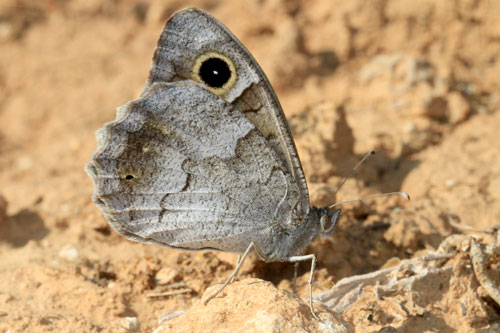
Madrid, Spain, July 2011
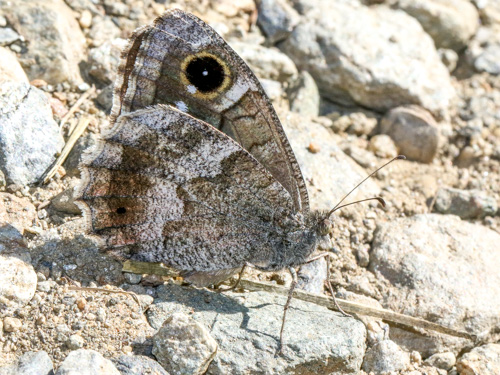
Valle d'Aosta, Italy, August 2017
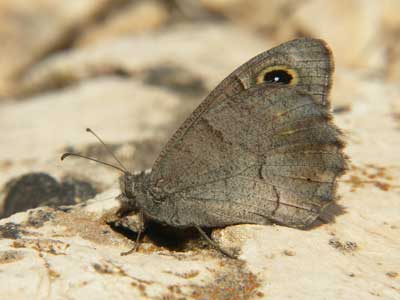
Middle Atlas, Morocco, June 2005
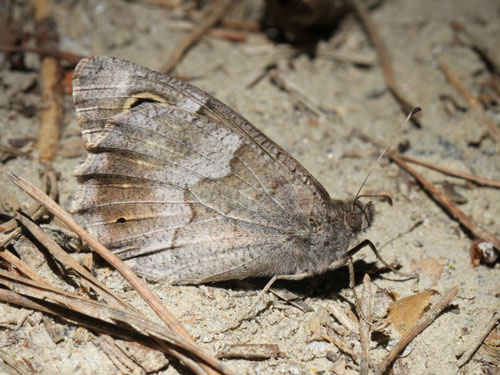
Prov. Malaga, Spain, July 2013
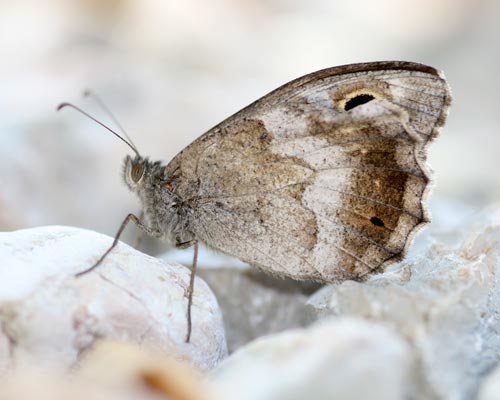
S Greece, July 2007
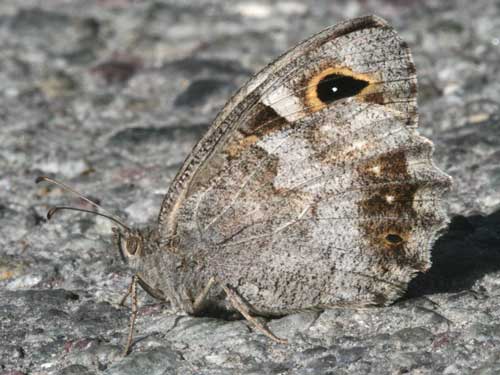
Valais, Switzerland, September 2009
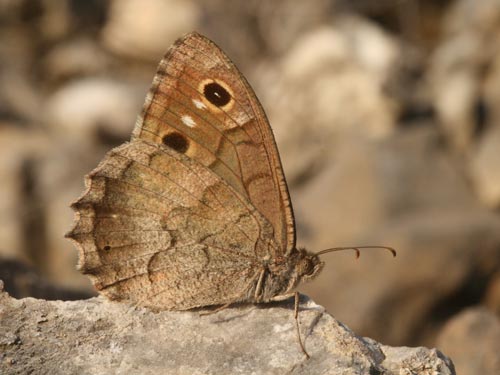
NW Greece, August 2008
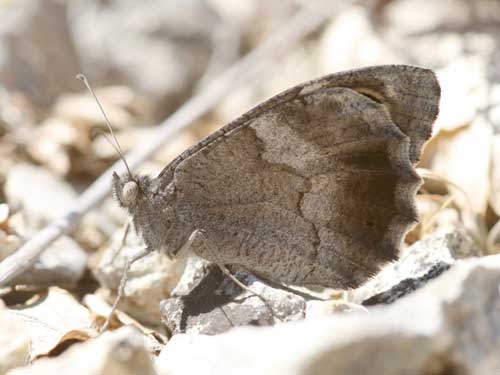
Var, France, July 2009
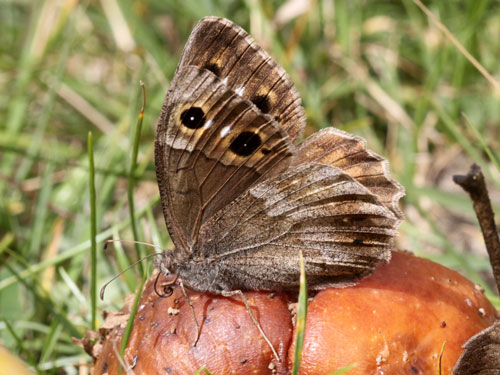
Valais, Switzerland, October 2010
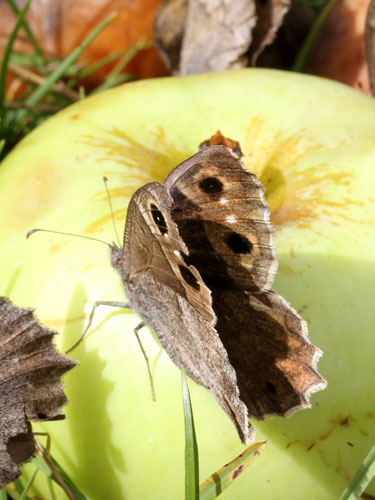
Valais, Switzerland, October 2010

Middle Atlas, Morocco, September 2001
Relatively uniform underside of this subspecies sylvicola from N Africa.
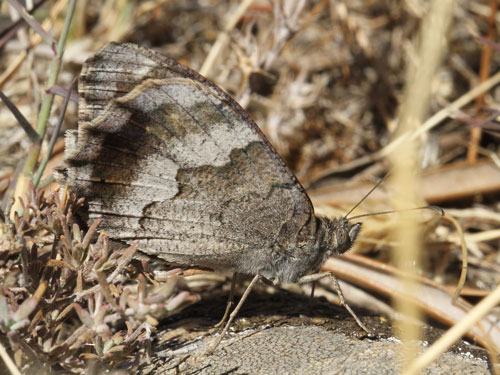
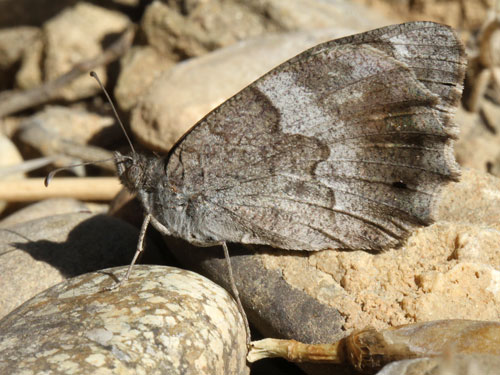
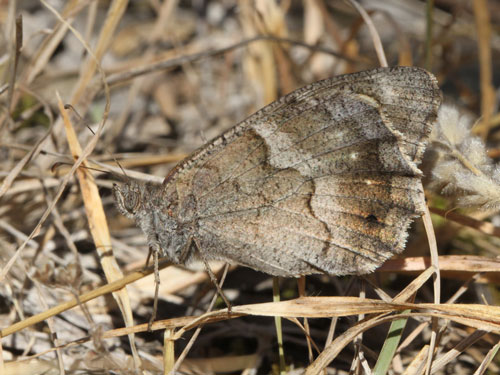
Var, France, July 2010
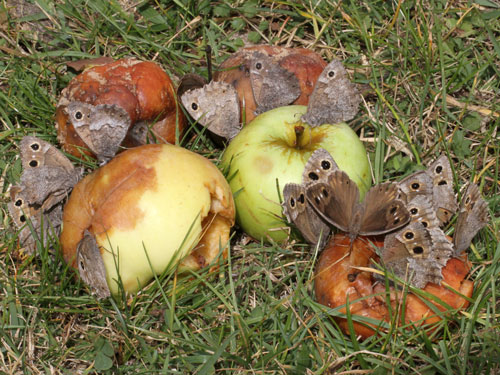
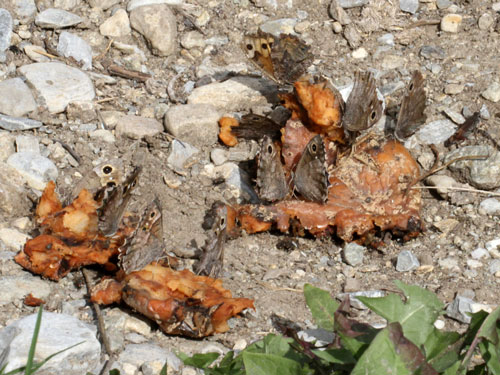
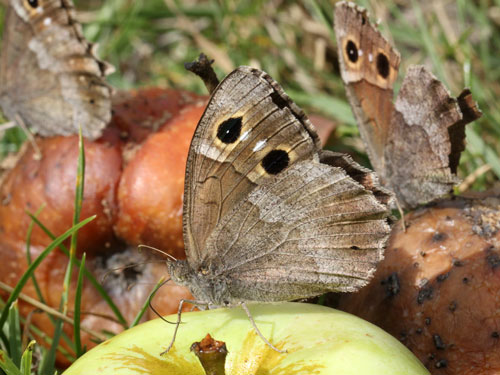
Valais, Switzerland, October 2010
